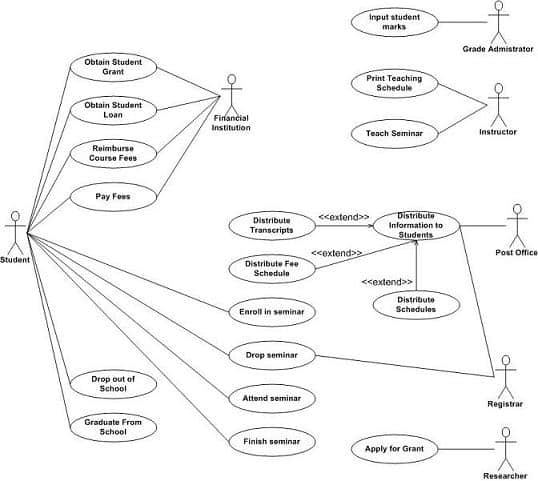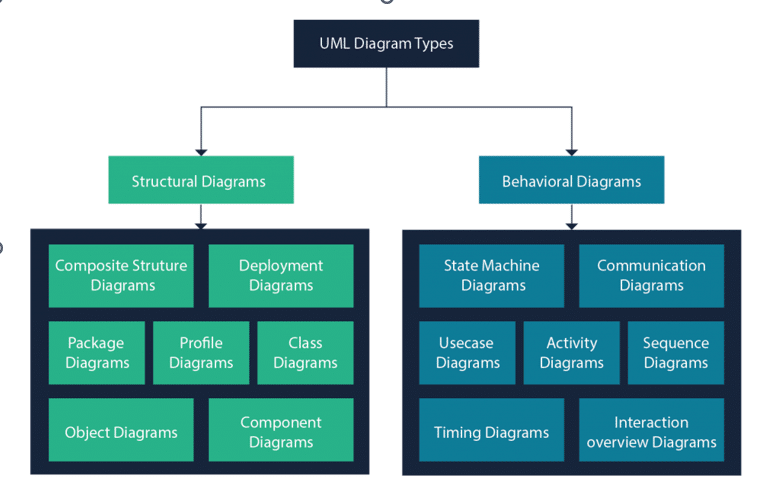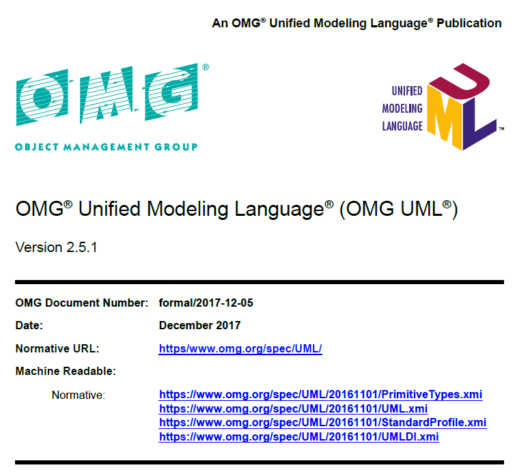Business Cases, Business and System Use Cases
The Case for a (Our) Business Case
Our business cases are essential, actionable tools for decision-making. Return, risks and rewards are presented persuasively in support of the recommended solution. It not only justifies the investment but also ensures alignment with strategic goals and stakeholder expectations.

What Makes Our Business Cases Exceptional?
Our business cases are grounded in critical thinking, logic, and creative problem-solving, logitivity, to ensure that every one is both compelling and results-driven. Critical thought ensures a deep and objective examination of all aspects of the proposed initiative; creativity ensures an innovative approach to both problem and solution.
We ask the right questions to uncover the underlying problem or opportunity, ensuring clarity in purpose. While this seems intuitive, not everyone has the ability to frame the questions that need to be asked in order to create an actionable business case.
Each business case is built on rigorous analysis of data, market trends, and organizational needs. We challenge assumptions and explore unconventional solutions to ensure that every option is thoroughly vetted.
We incorporate innovative approaches to problem-solving, blending traditional methods with fresh perspectives to craft unique solutions.
Our approach–if not our format–is modeled on the Mckinsey-BCG-Bain methodologies. They use a structured, step-by-step methodology to tackle business problems. This includes defining the problem, structuring it into manageable components, conducting analyses, synthesizing findings, and developing actionable recommendations.
Structured Problem-Solving
- No aspect of the problem is overlooked.
- Solutions are data-driven and logically sound.
- Deep quantitative analysis, ROI calculations, sensitivity analyses, and scenario modeling.
Hypothesis-Led Frameworks
-
Efficient focus on the most critical issues.
-
The ability to pivot quickly if initial hypotheses prove incorrect.
- Stakeholders can easily follow the thought process.
MECE
Principle
- MECE-Mutually Exclusive, Collectively Exhaustive
-
All possible scenarios are considered without overlap or gaps.
- Cases are backed by robust data that adds credibility and supports decision-making.
SCR
Storyline
- SCR – Situation-Complication-Resolution Storyline
- The Situation (current state or context).
- The Complication (problem or challenge).
- The Resolution (proposed solution).
Every business case is customized to its specific audience, addressing their concerns and aligning with their strategic priorities. We consider industry-specific factors such as market dynamics, competitive pressures, regulatory requirements, and technological advancements. Our financial appraisals are detailed yet accessible, including ROI projections, sensitivity analyses, and risk/benefit trade-offs. We evaluate multiple scenarios (“what-if” analyses) to prepare for uncertainties like market shifts or policy changes.
The ultimate goal of our business cases is to drive action. We ensure that every recommendation is practical, actionable, and aligned with long-term organizational success.
NEED A COMPELLING BUSINESS CASE?
Our business cases are grounded in logic and data, with creativity adding a layer of innovation and engagement that makes your case more compelling, memorable, and actionable.
Successful Business Use Cases and System Use Cases
Business use cases and system use cases each have their place for developing effective solutions. Use cases outline interactions between systems, while real-world scenarios depict how users engage with these systems in practical situations. Both are essential for effective problem-solving and solution development.
In practical applications, the differences between business and system use cases can lead to distinct outcomes. For instance, a business use case might detail the process of entering a customer order without specifying the technology used. This scenario might identify gaps in user and business needs, leading to “missing” functionality once the product is in production. A system use case would describe how the system automates this process, specifying each step and interaction with the system, which helps in identifying potential technical issues during development.
Do You Need a Business Use Case, a System Use Case?
Contact Us
Use Case Services
Chances are that if you have come to this page, you are likely aware of what goes into a use case–by any other name a business case, business use case or system use case. If not, and this is new to you, we have put it into one of the following sections. What we felt was important here, however, was to tell you how our use cases are different because that is what defines them.
How Our Use Cases Are Different
Critical thought, one of the hallmarks of our work, is foundational to our use cases. Without dots connected logically, there is no use case.
Use case value is to be found in its description and analysis of a scenario so that it is of tangible value, reasonable, relevant, and resilient. The main success scenario is shown, as are alternative flows and exception cases.
What-If scenarios are used to enhance the decision-making process by presenting options in the context of potential issues and recovery ability. Our use cases are both predictive and proactive.
Testability means that our use cases can be transformed into test cases, which is crucial in rapidly changing business environments.
Integrated System and Business Use Cases can be successfully merged into an impactful use case.

UML Diagrams are a fundamental part of our use cases, and ours clearly and concisely provide a visual representation of the case. Ours are constructed according to UML design requirements. The diagrams we use are not limited by type but defined by the project scope. In addition to use case diagrams, we might include diagrams such as:
- Sequence Diagrams
- Class Diagrams
- Acticity Diagrams
- State Diagrams
- Communication Diagrams
- Component Diagrams
We might also use tools such as mind or story mapping. What we use depends on the case.
Unified Modeling Language Version 2.5.1 Download
Are Use Cases Still Relevant?
In the context of 2024’s business environment, use cases provide a structured approach to understanding user needs, system requirements, and potential outcomes. This makes them valuable tools for strategic decision-making, especially when dealing with technological innovations, changing market dynamics, and evolving customer expectations. By leveraging use cases, business leaders can make more informed decisions that align with both user needs and organizational goals.
Use cases remain highly relevant as decision-making tools for businesses, particularly in the context of strategic planning and complex environments.

